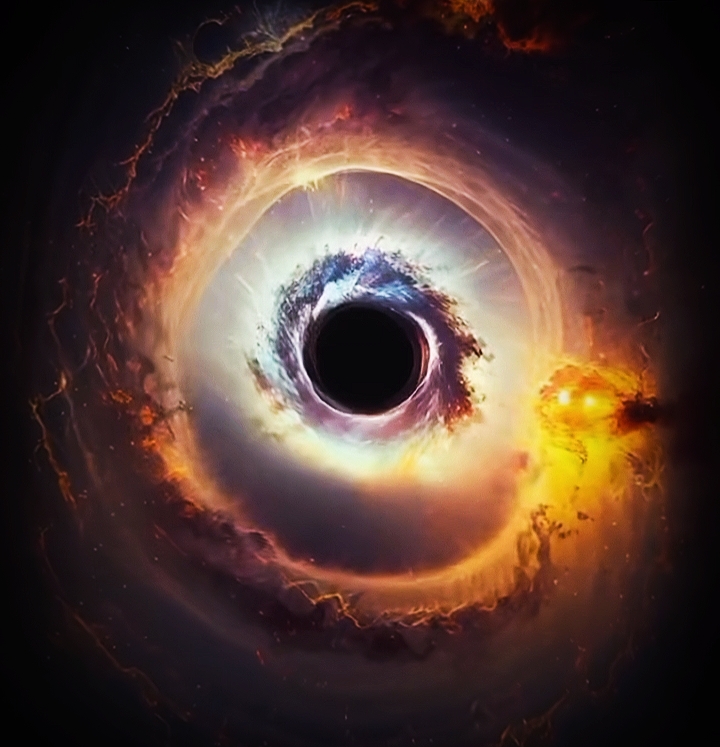Black Hole

Formation of Supernova Star and Neutron Star
If the mass of a star is much greater than the mass of the Sun, then that blood goes into the demon phase. In this phase, the nuclear energy released from the contraction (shrinking) of the helium core produces an explosion in the outer shell with a brighter glow that illuminates the sky for several days.
Such an explosive star is called supernova star. Even after this explosion, its core continues to contract and becomes a neutron star. The number of neutron stars in our galaxy milk melt is estimated to be about 10⁸, of which about a thousand stars have been observed whose density (the density of neutron stars) is 10¹⁷ kg / m³ of nuclear density. The mass of a neutron star is about two times the mass of the Sun and the radius is about 10 km. It is indistinct and cannot be seen directly.
